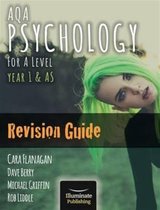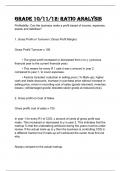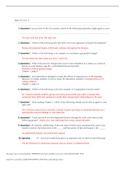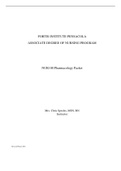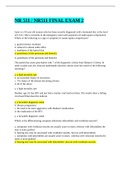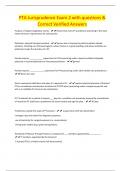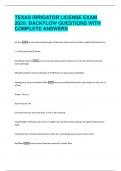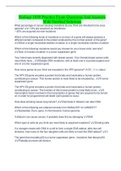Mowrer (1960) proposed the two-process model, which explains phobias through the
behaviourist explanation and suggests that two processes lead to the development of
phobias, they are acquired by classical conditioning and are maintained by operant
conditioning.
Classical conditioning involves learning to associate something we have no fear (neutral
stimuli) with something that already triggers a fear a (unconditioned stimuli). John Watson
(1920) carried out a study to show a fear of rats could be conditioned in ‘Little Albert.’
Whenever Albert was playing with a white rat (NS) a loud noise (UCS) was made, which
caused a fear response (UCR). Then over time the loud noise became paired with the rat and
created a fear response towards the rat (CR). Albert then showed a fear response (CR) every
time he came into contact with the rat the conditioned stimuli (CS). This conditioning then
generalised into similar object (stimuli), ‘Little Albert ‘showed fear in response to other
white furry objects.
Mover then explained phobias are maintained as a result of Operant conditioning and this
takes place when our behaviour is reinforced or punished. For example, when a phobic
avoids a phobic stimulus (negative reinforcement) they escape the anxiety that they would
have experienced if they had encountered it. As a result, this reduction in fear negatively
reinforces the avoidance behaviour and the phobia is maintained.
A strength of two process model is it has good explanatory power. This is as it not only
explains how we get phobias, but also shows how we maintain them overtime and as a
result it has important implications for therapy. For example, if a patient is prevented from
practising their avoidance behaviour the phobic behaviour declines. Moreover, the two-
process model goes way beyond Watson and Raynor’s simple classical conditioning
explanation of phobias. Thus, this application to therapy is strength of the two-process
model.
A strength of the behaviourist explanation to phobias is there is evidence to support it. For
example, Watson and Raynor conditioned Albert to associate a white rat (NS) with a loud
noise (UCS) by repeatedly pairing the white rat with the loud noise. Following this
conditioning process Albert developed a fear (CR) of white rats. Thus, this supports the idea
that abnormal behaviour such as phobias are learnt through classical conditioning.
A limitation of the two-process model is that it doesn’t explain that not all bad experiences
lead to phobias. For example, some individuals cannot recall a traumatic incident that
triggered the onset of their phobia. This suggests that other processes must have caused the
development of a phobia apart from classical conditioning. Thus, the behaviourist
explanations have been criticised for being too simplistic.
Another limitation of the two-process model is that it doesn’t consider the cognitive aspects
of phobias. The behaviourist explanation is focused towards explaining behaviour rather
than cognition (thinking) in the formation of phobias and cognitive psychologist suggest that
phobias may develop due to irrational thinking, not just learning. For example, a

